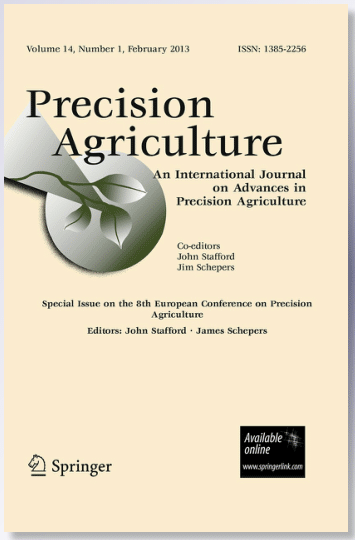Rapid rangeland monitoring is critical for implementing management actions effectively and therefore, various remote sensing methods are used for rangeland monitoring. Prices of high-resolution imagery and cloud problems could avoid practicing satellite based-methods. UAV- or ground-based high resolution RGB imagery suggested as an alternative to monitor rangelands. In this study, the performance of smartphone RGB imagery was evaluated over prediction of biomass yield and forage quality of steppe rangelands. Besides, the performance of a mobile application (Canopeo) over rangeland cover was evaluated. RGB band reflection values of smartphone images were determined using a simple open-source software, ImageJ. A total of thirteen different vegetation indices (eleven commonly used and two newly introduced) were estimated and their relations with ground data were evaluated over simple linear and quadratic regression models. AGB and DMY were predicted with moderate accuracy via the newly introduced modified blue-red-green index (MBRGI) (R2 = 0.5 for AGB) and recently used normalized difference blue-red index (NDBRI) (R2 = 0.46 for DMY) through quadratic regression models. Green leaf index (Gli), visible atmospheric resistant index (Vari), and red green blue vegetation index (RGBVI) gave better results for forage quality predictions among the other VI’s. Gli was an accurate predictor (R2 = 0.78) of forage dry matter content. However, prediction performances of VI’s were low for CP (Vari, R2 = 0.26), NDF, and ADF contents (RGBVI, R2 = 0.31 and 0.37 respectively). Cover data of Canopeo highly correlated both with transect (R2 = 0.99) and modified wheel loop (R2 = 0.73) data. These results showed that Canopeo might be a useful tool for cover predictions and smartphone-based RGB imagery has good potential for managing rangeland in terms of yield and dry matter content but the accuracy of both yield and forage quality predictions still needs to be improved.


